Unlocking Ancient Secrets: The Shocking Rise and Mysterious Fall of the World’s Greatest Civilizations!
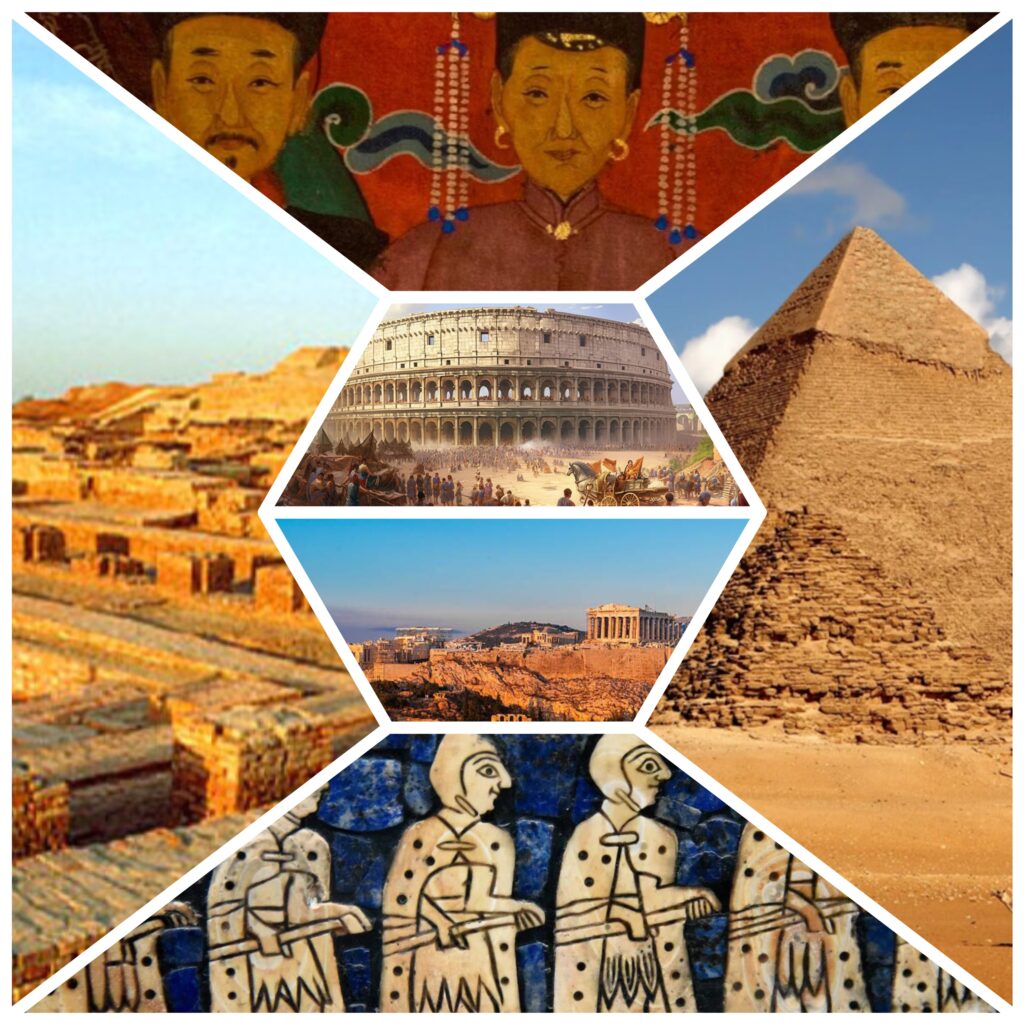
Introduction
Throughout human history, civilizations have risen to incredible heights only to fall into obscurity. The stories of these ancient societies are filled with remarkable achievements and mysterious declines, each leaving behind a legacy that continues to intrigue and educate us today. Understanding the rise and fall of ancient civilizations is not only a journey into our past but also a vital lesson for our future.
These civilizations, from the Sumerians and Egyptians to the Greeks and Romans, laid the foundations for many aspects of modern society. They developed writing systems, architectural marvels, and sophisticated governance structures that influenced subsequent generations. Yet, despite their advancements, each of these civilizations eventually faced decline, often due to a complex interplay of internal and external factors.
By exploring the causes behind the rise and fall of these ancient civilizations, we can gain insights into the cyclical nature of history. This article delves into the stories of some of the most significant ancient civilizations, examining their origins, achievements, and the reasons for their decline. Through this exploration, we aim to uncover patterns and lessons that are still relevant today.
The Sumerians
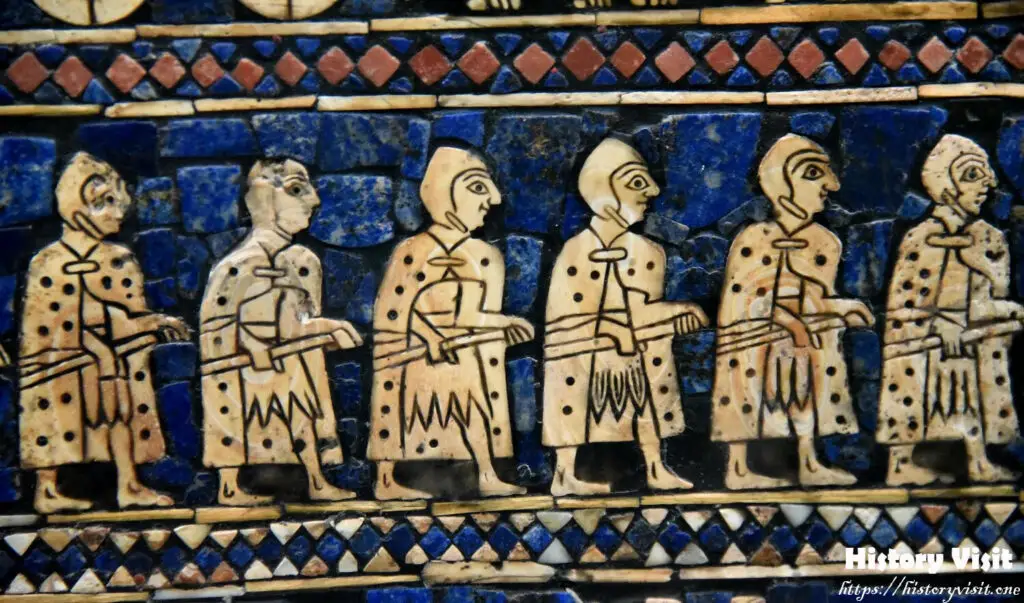
The Sumerians, often regarded as the cradle of civilization, emerged in Mesopotamia around 4500 BCE. They were the pioneers of urban living, establishing some of the world’s first cities such as Uruk and Ur. The Sumerians made significant contributions to human progress, including the invention of cuneiform writing, which facilitated record-keeping and the codification of laws.
Their society was characterized by remarkable architectural achievements, such as the construction of ziggurats—massive temple complexes that served as religious and administrative centers. The Sumerians also developed advanced irrigation systems, which allowed them to transform the arid landscape into fertile agricultural land, supporting a growing population.
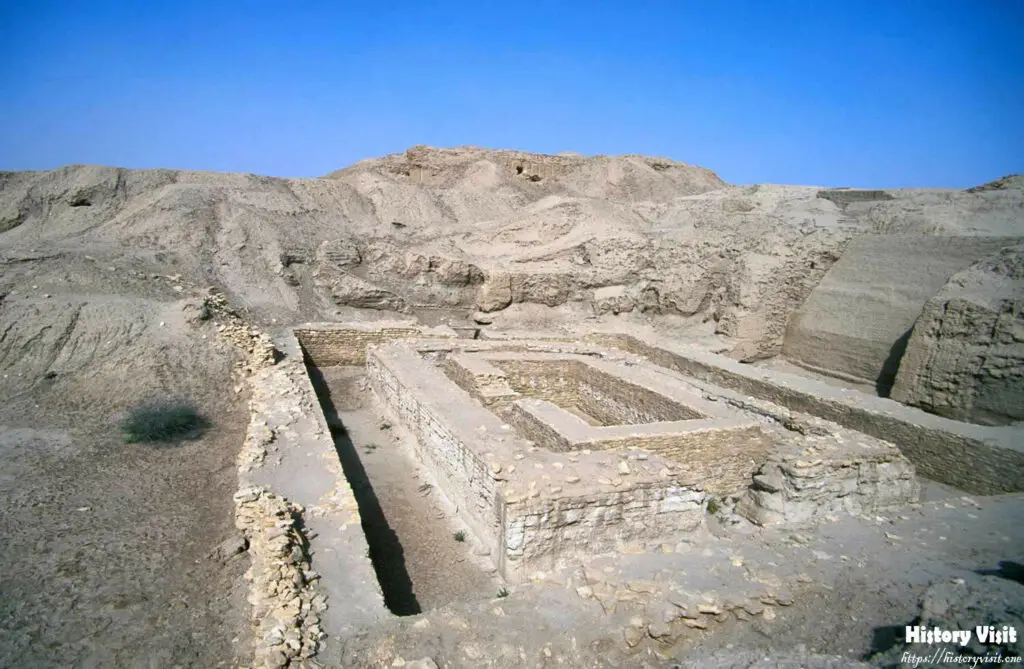
Despite their innovations, the Sumerians faced several challenges that led to their decline. Constant warfare with neighboring regions, internal strife, and the eventual invasion by the Akkadians weakened their society. By the end of the third millennium BCE, the Sumerian civilization had faded, leaving behind a rich legacy that influenced subsequent cultures in Mesopotamia and beyond.
The Egyptians
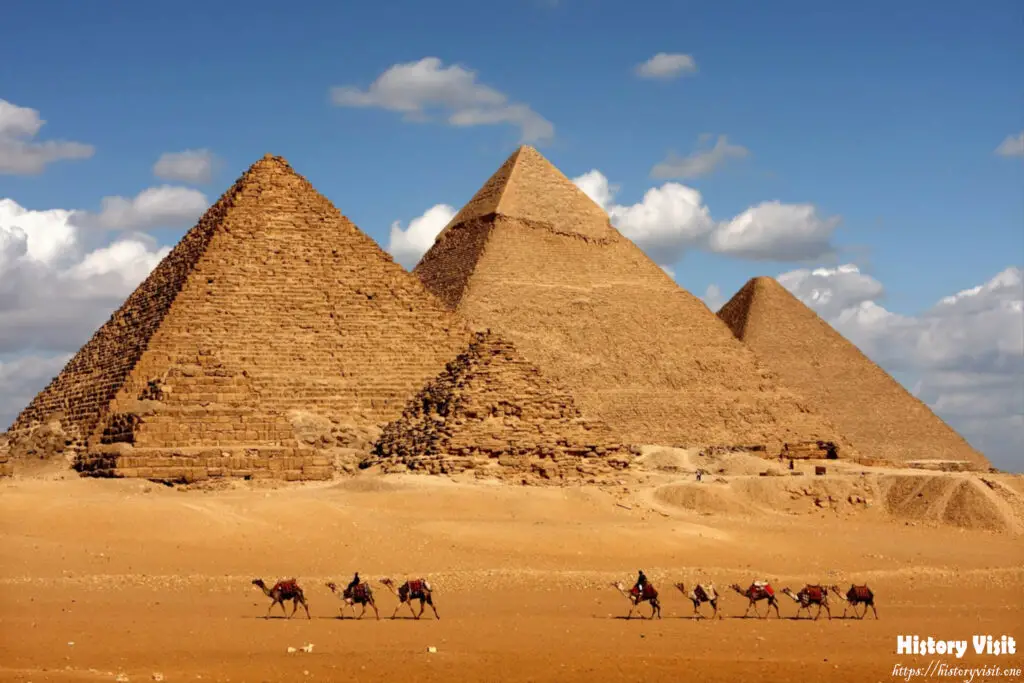
The civilization of ancient Egypt, centered around the Nile River, flourished for over three millennia, starting around 3100 BCE. The Egyptians are renowned for their monumental architecture, particularly the pyramids of Giza and the temples of Karnak and Luxor. These structures not only showcased their engineering prowess but also their religious devotion and belief in the afterlife.
The Old Kingdom, known as the “Age of the Pyramids,” marked the first peak of Egyptian civilization, with the construction of the Great Pyramid of Giza. The Middle and New Kingdoms saw Egypt reach new heights of power and cultural achievement. During the New Kingdom, Pharaohs such as Ramses II and Hatshepsut expanded Egyptian influence through military conquests and extensive trade networks.
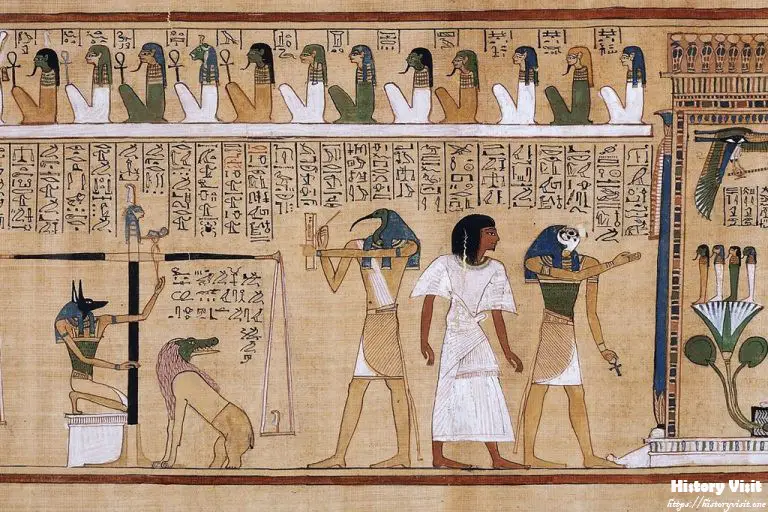
Several factors contributed to the decline of ancient Egypt. The decentralization of power, economic difficulties, and invasions by foreign powers such as the Hyksos, Assyrians, and Persians weakened the state. The final blow came with the conquest by Alexander the Great in 332 BCE, which marked the end of native Egyptian rule. Despite this, the legacy of ancient Egypt continued to influence the Mediterranean and beyond.
The Indus Valley Civilization

The Indus Valley Civilization, also known as the Harappan Civilization, emerged around 2500 BCE in what is now Pakistan and northwest India. It was one of the world’s earliest urban cultures, with major cities like Harappa and Mohenjo-Daro characterized by advanced urban planning, including grid layouts, drainage systems, and standardized weights and measures.
The economy of the Indus Valley Civilization was based on agriculture, supplemented by trade with neighboring regions. Artifacts such as seals, beads, and pottery indicate a high level of craftsmanship and a thriving trade network that extended to Mesopotamia. Despite the lack of decipherable written records, the archaeological evidence suggests a sophisticated and prosperous society.
The decline of the Indus Valley Civilization around 1900 BCE remains a subject of debate among historians. Theories include environmental changes, such as shifts in river patterns or prolonged droughts, which could have disrupted agriculture and trade. Alternatively, internal social upheaval or invasions by nomadic tribes may have played a role. Whatever the cause, the disappearance of this civilization remains one of history’s great mysteries.
The Chinese Dynasties
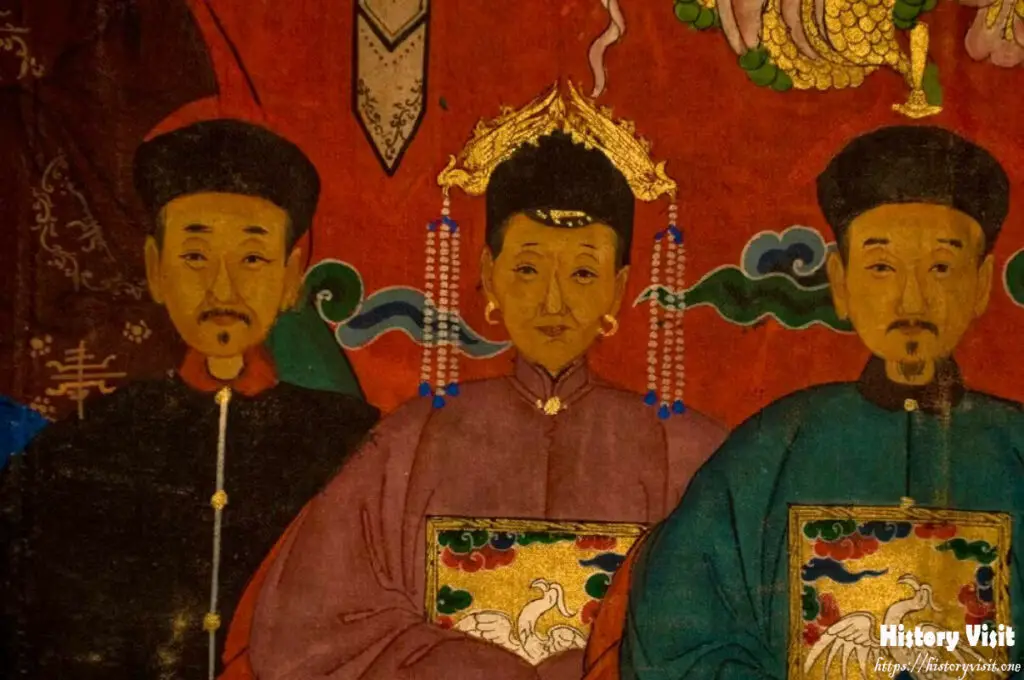
China’s ancient civilization is one of the longest continuous cultures in history, with its origins tracing back to the Xia, Shang, and Zhou dynasties. The Shang Dynasty (c. 1600-1046 BCE) is notable for its advances in metallurgy, writing, and state organization. The Zhou Dynasty (1046-256 BCE) introduced the concept of the Mandate of Heaven, which justified the ruler’s authority based on moral virtue.
The Qin Dynasty (221-206 BCE) marked the unification of China under Emperor Qin Shi Huang, who standardized weights, measures, and the written script. The Great Wall of China and the Terracotta Army are enduring symbols of this era. The Han Dynasty (206 BCE-220 CE) followed, establishing a long period of stability and prosperity, with significant developments in science, technology, and trade, particularly along the Silk Road.
China’s ancient dynasties experienced cycles of prosperity and decline, often due to internal strife, corruption, and external invasions. The fall of the Han Dynasty, for example, was precipitated by political instability, economic troubles, and peasant rebellions. Despite these challenges, each dynasty left an indelible mark on Chinese culture and society, contributing to the civilization’s resilience and continuity.
The Greeks
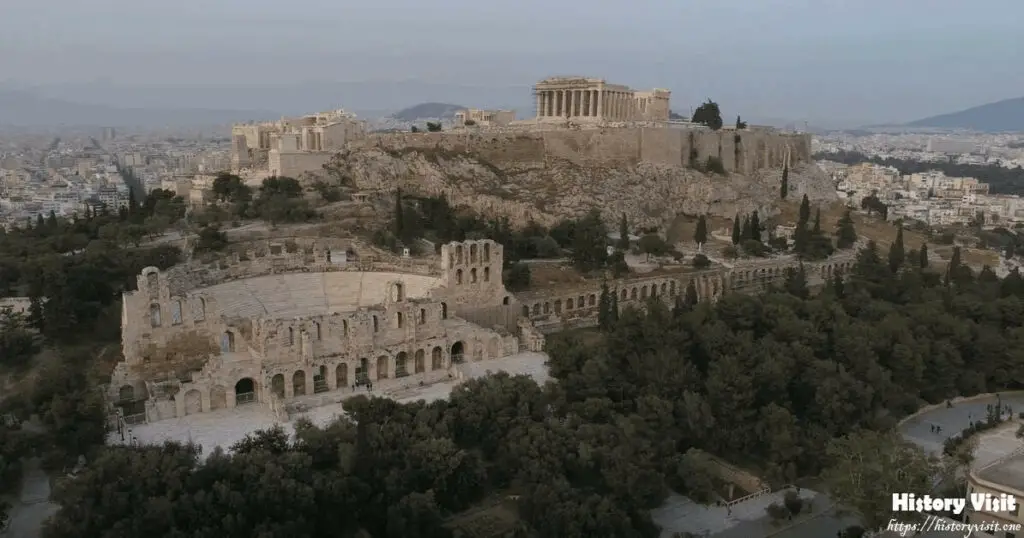
The ancient Greeks laid the foundations of Western civilization with their remarkable contributions to philosophy, science, art, and politics. The Minoan and Mycenaean civilizations were early precursors, with the latter giving rise to the legendary tales of the Trojan War. The classical period of Greece, particularly in Athens, saw the flourishing of democracy, philosophy, and the arts.
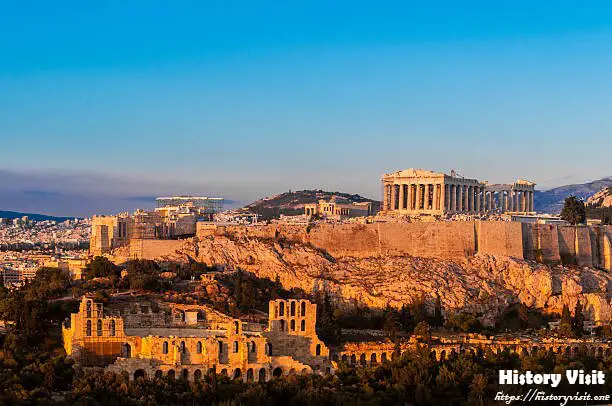
Athens and Sparta emerged as leading city-states, each with distinct cultures and political systems. The Persian Wars united the Greeks against a common enemy, leading to a golden age in Athens under Pericles. The subsequent Peloponnesian War between Athens and Sparta, however, weakened the Greek states, making them vulnerable to external threats.
The rise of Macedon under Philip II and his son, Alexander the Great, temporarily unified Greece and expanded its influence through a vast empire stretching from Greece to India. After Alexander’s death, his empire fragmented, and the Hellenistic period saw a decline in Greek political power, although Greek culture continued to spread and influence the Mediterranean and Near East.
The Romans

The Roman civilization, from its legendary founding in 753 BCE to the fall of the Western Roman Empire in 476 CE, represents one of the most influential periods in history. The early Republic established a system of checks and balances, contributing to Rome’s expansion across the Mediterranean. Military prowess, strategic alliances, and infrastructure projects like roads and aqueducts facilitated this growth.
The transition to Empire began with Julius Caesar and culminated in Augustus, who ushered in the Pax Romana—a period of relative peace and stability. Roman law, governance, and engineering achievements left a lasting legacy. The Empire reached its zenith under emperors like Trajan and Hadrian, with a vast territory encompassing much of Europe, North Africa, and the Middle East.
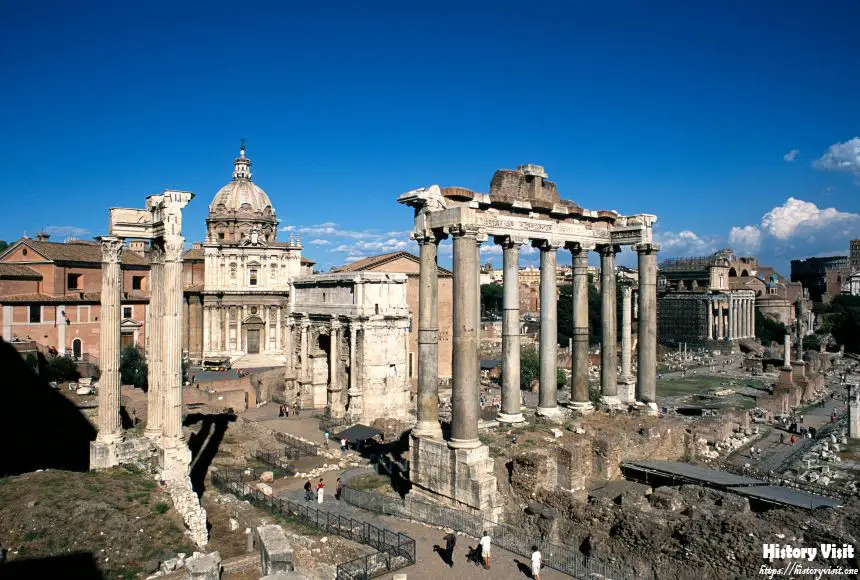
The decline of the Roman Empire was a protracted process influenced by multiple factors, including economic troubles, military defeats, and internal corruption. The division into Eastern and Western Empires in 285 CE under Diocletian temporarily stabilized the situation, but the Western Empire eventually succumbed to invasions by Germanic tribes. The Eastern Empire, known as the Byzantine Empire, continued for nearly another thousand years, preserving Roman traditions and influencing the medieval world.
Conclusion
The rise and fall of ancient civilizations offer a profound glimpse into the dynamics of human society. These civilizations, despite their diverse cultures and histories, exhibit common patterns in their development, achievements, and eventual decline. By studying these patterns, we gain valuable insights into the factors that contribute to both the flourishing and the downfall of societies.
The achievements of ancient civilizations, from monumental architecture and sophisticated governance to cultural and intellectual advancements, continue to inspire and influence the modern world. However, their declines serve as cautionary tales about the vulnerabilities that even the most powerful societies face, including environmental challenges, internal strife, and external threats.
Reflecting on the history of these ancient civilizations, we are reminded of the cyclical nature of human progress and the importance of learning from the past. The legacies of the Sumerians, Egyptians, Indus Valley, Chinese dynasties, Greeks, and Romans endure, offering timeless lessons for contemporary society and future generations.


